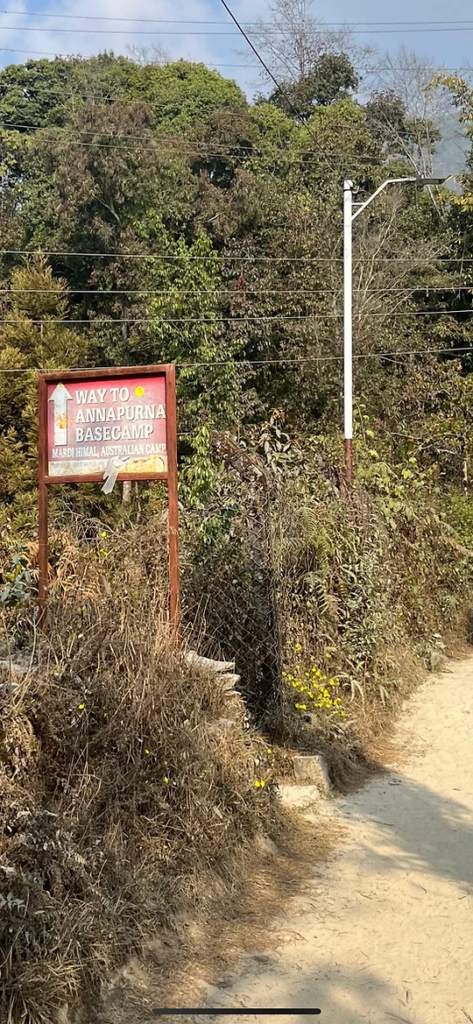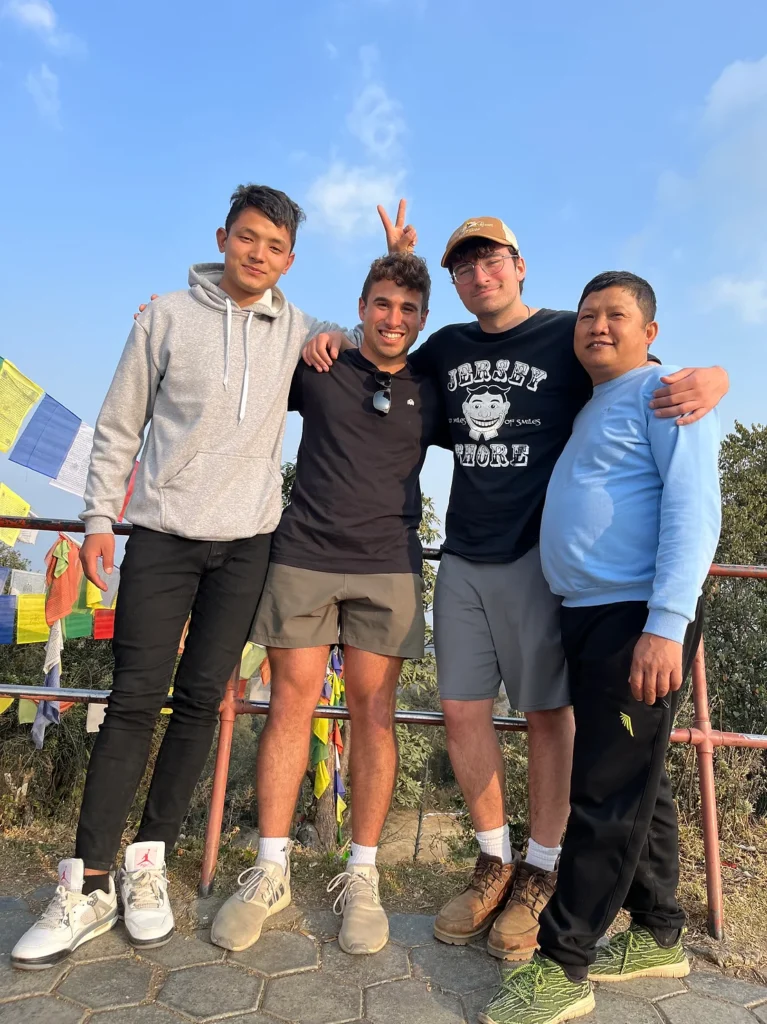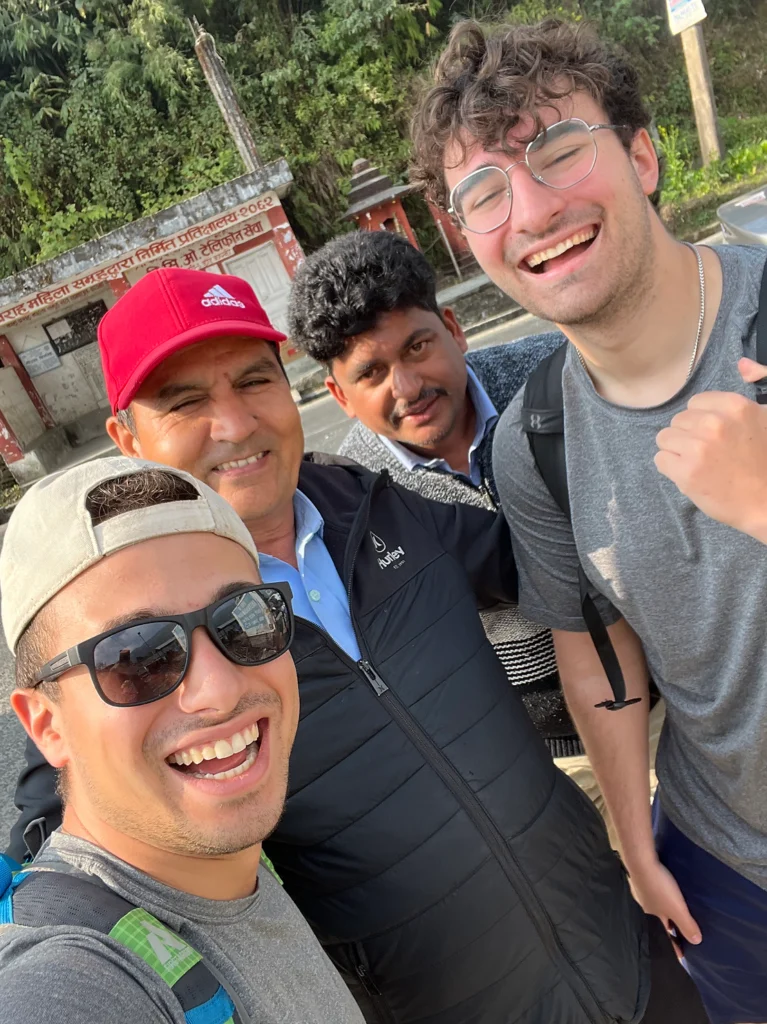
I am writing this post in disbelief as I stare at the world’s most dangerous and 10th-highest mountain Annapurna. In the photo above, Annapurna is the nub sticking out on the right side of the massive peak Annapurna Dashkin (aka Annapurna South), which appears taller in the image but is around 1,000 meters shorter. I have always dreamed of glancing at Annapurna because of its infamous reputation. The mountain has the highest death rate of any peak, coming in at around 30% and its success rate is even slimmer. It feels surreal to walk in the footsteps of one of my inspirations, Nimsdai Purja. I recently finished a book by Nims, Project Possible, which tells the story of his life as a Gorkha (the elite group of Nepali soldiers), as an SBS British special forces soldier (similar to the Navy Seals), and as one of the most legendary mountain climbers in the world. You may have heard of Nims via the documentary, 14 Peaks, which illustrates Nims smashing the world record for climbing the fourteen 8,000 meter peaks, which includes Annapurna, in under 7 months- the previous record was 7 years. Although I can just get a glimpse of the summit, the mountain’s meditative chaos can still be felt…

This week, Ben and I decided to travel to Pokhara, Nepal, the country’s second-largest city, located 7 hours west of Kathmandu. This week is Losar, aka Tibetan Buddhist new year. We have some time off from school and we figured even if we only have one night in the mountains, it was worth traveling 7 hours to get a glimpse of Annapurna and experience a slice of Nepal’s central Himalayan peaks. Yesterday, Ben and I completed a 15-mile trek to a village called Landruk and back to the Australian Camp, where we stayed the night. We met so many incredible locals along the way. The little Nepali Ben and I have learned the past month really came in handy. The locals expect most trekkers to know basic words like “namaste” the word for “hello,” but once we asked them how they were doing in Nepali, “sanchai chha?,” a smile came across their faces as we were able to carry a basic conversation in Nepali. This is the first time I felt knowing a local language went a long way. There is a popular phrase in Nepal, “guests are gods,” which is, funny enough, the name of the wifi password I am using right now. All the locals we met were interested in getting to know us as they would ask questions about where we are from and our families. It was amazing to witness their reaction after hearing we are from America. Many of them said America is their dream country. This response was so captivating because ever since I was a little boy Nepal has been my dream country. I would say, “malaii Nepal ra America dherai monparchha,” which means “I love Nepal and America very much.” At that moment, I felt a special bond form with the person I was speaking with, reflecting the true essence of diplomacy and friendship. I am blessed to have received so much kindness from everyone in Nepal and it feels even more special to be received so generously as an American.

In English, the classic response after meeting someone is, “nice to meet you.” In Nepali, it is “tapaaiilai bhetera khusii laagyo,” which means something like, “meeting you is a happy feeling.” However, colloquially, people say, “khusii laagyo,” which means something like, “happy feeling.” From everything I’ve experienced so far, “khusii laagyo” is the best way to describe Nepal, because everywhere you go there is truly a “happy feeling.” From the chaotic streets of Kathmandu to the peaceful mountain villages of the world’s most dangerous mountain Annapurna, you can find a “happy feeling.” This feeling is created by both the natural scenery and the people who inhabit it.



